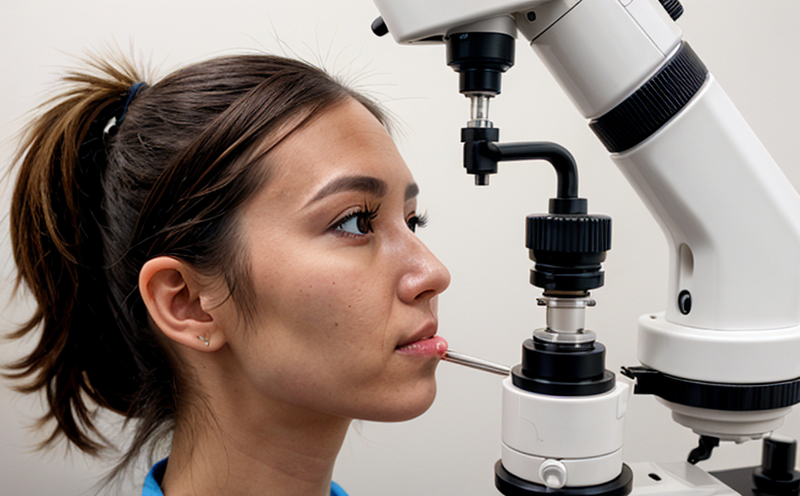Comprehensive Ophthalmic Device Safety and Performance Test Panel
The Comprehensive Ophthalmic Device Safety and Performance Test Panel is a vital service that ensures medical devices meet stringent safety standards before they are introduced into clinical use. This panel provides an in-depth evaluation of ophthalmic devices, focusing on their performance, biocompatibility, and overall compliance with regulatory requirements.
Our comprehensive testing services are designed to address the unique challenges faced by ophthalmic device manufacturers. We work closely with our clients to understand their specific needs and tailor the test panel accordingly. This ensures that the tests we conduct are not only in line with international standards but also aligned with the client's product development goals.
The first step in this process is a thorough review of the design specifications, materials, and intended use of the ophthalmic device. This helps us identify any potential risks or areas for improvement early on. Once these are identified, we can develop a customized test plan that addresses all relevant aspects of safety and performance.
Our testing facilities are equipped with state-of-the-art instrumentation, including but not limited to scanning electron microscopes (SEM), mechanical testers, and biological testing equipment. These tools enable us to conduct rigorous tests on various components of the device, such as lenses, coatings, and frames. We also perform biocompatibility studies using cell cultures and animal models where necessary.
In addition to physical properties, we assess the optical quality of lenses through advanced imaging techniques like confocal microscopy and polarized light microscopy. This ensures that any ophthalmic devices undergoing testing meet strict standards for clarity and precision.
The final stage involves compiling all test results into detailed reports, which include recommendations for improvements if needed. These reports are invaluable resources for manufacturers looking to enhance their products or address regulatory concerns effectively.
| Test Parameters | Description |
|---|---|
| Biochemical compatibility | Evaluation of how the device interacts with human tissues over time. |
| Mechanical durability | Determination of the strength and resistance to wear of various parts of the device. |
| Optical performance | Assessment of light transmission properties through lenses or other optical elements. |
| Microbiological evaluation | Checking for contamination by microorganisms that could cause infections. |
Applied Standards
The Comprehensive Ophthalmic Device Safety and Performance Test Panel adheres to a variety of international standards, including ISO 10993-4 (Biocompatibility evaluation: System for the determination of biocompatibility), ASTM F716 (Standard Test Method for Determination of Water Absorption in Polymeric Materials by Immersion), and EN 452 (Optical lenses).
These standards provide a framework for ensuring that ophthalmic devices are safe, effective, and reliable. By following these guidelines, we can ensure our clients' products meet the highest quality requirements.
Scope and Methodology
The scope of this service includes evaluating various aspects of ophthalmic devices such as contact lenses, intraocular lenses (IOLs), and other ocular prosthetics. The methodology involves several key steps:
- Initial Consultation: Understanding the client's requirements and discussing the specific needs of the device being tested.
- Sample Preparation: Carefully preparing samples according to standard procedures, ensuring they are representative of the actual product.
- Testing Procedures: Conducting a series of tests on different components using appropriate equipment. This may include mechanical testing, chemical analysis, and biological evaluation.
- Data Analysis: Interpreting results from each test to determine compliance with relevant standards.
The detailed methodology ensures that every aspect of the device is thoroughly examined, providing comprehensive insights into its safety and performance capabilities.
Environmental and Sustainability Contributions
- Eco-friendly Materials: We encourage the use of sustainable materials in ophthalmic devices wherever possible. This helps reduce waste and environmental impact throughout the lifecycle of the product.
- Bio-degradable Components: Where appropriate, we recommend incorporating biodegradable components into designs to minimize long-term environmental footprints.
By focusing on these areas, our service not only enhances the quality of ophthalmic devices but also contributes positively to sustainable practices within the industry.





